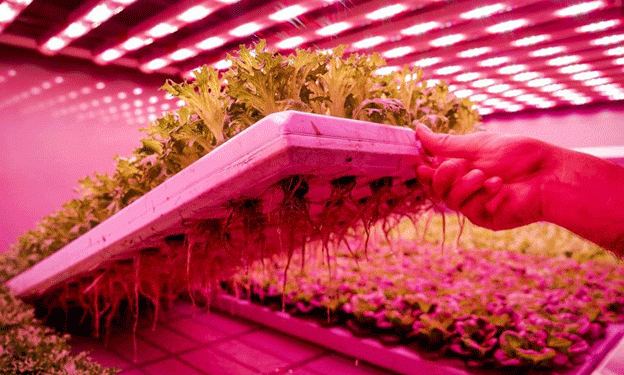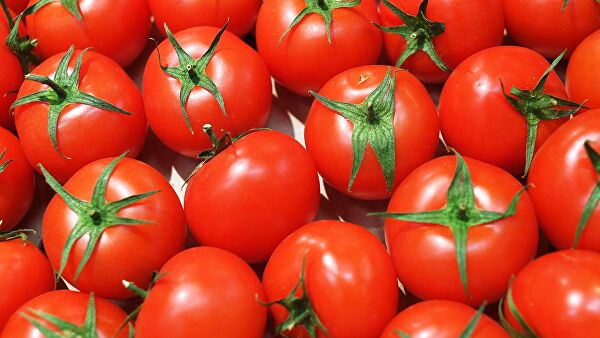The concept of floating farms emerged as a response to increasing water levels and the need for innovative space management in densely populated areas. Floating homes, often seen as a modern extension of traditional houseboats, seemed promising but were soon deemed too expensive for large-scale adoption. The idea extended to agriculture with floating greenhouses and livestock facilities, with one notable floating farm in Rotterdam garnering attention. However, despite the initial excitement, these floating farms have not expanded significantly, with high costs and practical challenges limiting their broader adoption.
In horticulture, a floating greenhouse was established near the flower auction in Naaldwijk. This greenhouse, though, was more of an exhibition space than a functional farm. After years of inactivity, it was dismantled and repurposed elsewhere, signaling the end of the floating greenhouse trend in the Netherlands.
Urban Agriculture: Local Food Production with Limited Success
Urban agriculture, or “local for local” production, aimed to bring food production closer to where it is consumed—right in the heart of cities. The idea was that by growing food on rooftops or within urban environments, cities could reduce their carbon footprint and provide fresher produce to residents.
However, the practicalities of urban farming—especially at scale—have proven challenging. The logistics of transporting materials like rock wool, fertilizers, and plants to high-rise rooftops, combined with the unpredictable urban climate, made urban farming more of a novelty than a viable solution. While small community gardens and local initiatives have seen some success, the widespread adoption of urban farming has not materialized.
Vertical Farming: A Promising Yet Costly Endeavor
Vertical farming, an extension of urban agriculture, takes the concept a step further by stacking multiple layers of crops in controlled environments, often using hydroponics and artificial lighting. While the idea of producing large quantities of food in a small footprint is appealing, the reality is more complex. The high costs of setting up and maintaining these farms, combined with the energy demands of artificial lighting, have limited their growth.
In regions where cost is less of an issue, such as the wealthy Gulf States, vertical farming has seen some success. However, in Europe and other areas with established traditional farming practices, vertical farming struggles to compete with conventional methods in terms of cost-effectiveness and consumer acceptance.
The New Trend: Energy and Sustainability in Farming
While many of these past trends have not lived up to expectations, a new trend is emerging that might have more staying power: the integration of energy production with sustainable farming. With the increasing emphasis on sustainability and reducing carbon footprints, farmers are now exploring ways to generate income through energy production—such as solar panels and biogas plants—while also investing in environmentally friendly farming practices.
This trend is not just about adopting new technology but also about rethinking the entire agricultural system to make it more resilient and sustainable in the long term. As energy prices fluctuate and climate change impacts grow, this trend could become a vital part of modern agriculture.
Learning from the Past, Investing in the Future
As the agricultural sector continues to evolve, it’s crucial to distinguish between passing fads and trends with lasting impact. While floating farms, urban agriculture, and vertical farming have all had their moment in the spotlight, their practical limitations have prevented them from becoming mainstream. However, the shift towards integrating energy production with sustainable farming practices shows promise as a trend that could reshape the industry for the better.
For farmers, agronomists, and agricultural engineers, the key takeaway is to stay informed about emerging trends while remaining grounded in the realities of what works. By learning from the past and investing wisely in the future, the agricultural sector can continue to innovate while ensuring long-term sustainability and profitability.










